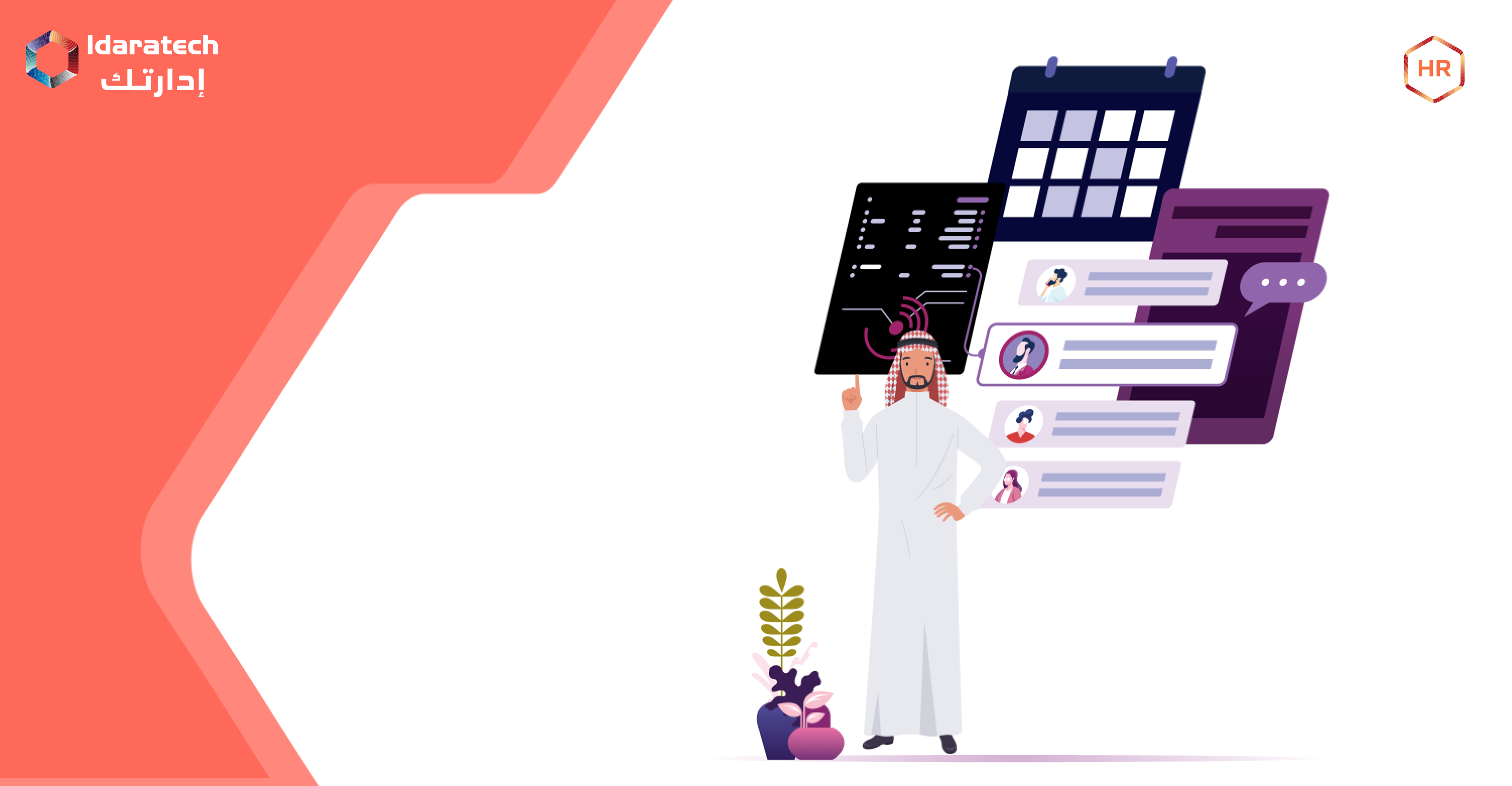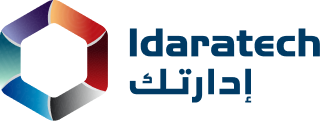With the appropriate technology, HR systems may function flawlessly across the board, from hiring, employee onboarding, and scheduling to compliance and perks. With it, everyone in the software sector can handle the hassles and pointless work.
What happens if an employee requests information from employee records regarding their vacation days, employee benefits, or the ability to view an old pay stub?
It all comes down to the automation feature of human resource management systems, which has the competitive advantage of making workforce management relatively simple by being present in a core HR management software platform that supports a wide range of manual tasks, administrative tasks, and daily HR tasks, such as document management.
Cloud-based software has become an essential component of every business, simplifying HR procedures for the HR department and managers.
If you want to join the millions of other businesses that use human resources software but need help deciding which ones to choose, we can help. Follow along to learn which HR management software is best for HR department managers!
Every business must tackle the basic HR task of managing employee leaves. Founders of new start-ups or recently graduated HR professionals sometimes struggle with a few typical doubts. If we ignored this tedious labor, would the heavens collapse? What advantages do leave and attendance management offer? What the heck even does “leave management” mean?
This article about HR management software will teach you the following things:
- What is HR Management Software?
- How to manage the Leave and Attendance System?
However, let’s first examine HR management software and its performance.
What is HR Management Software?

HR management software, also known as an HRMS or HRIS, is a digital solution that combines several systems and procedures to manage and optimize ongoing HR operations as well as the overall HR objectives of a specific organization. Using the best HR software, you can streamline your procedures and save time and effort.
Types of HR Management Software:
HR management software comes in various forms and helps organizations accomplish various objectives. Here are a few of them, along with a list of their main characteristics:
1. ATS, or applicant tracking system:
An ATS is HR recruiting software that streamlines the hiring process for an enterprise. While reducing recruiting costs, it often handles activities including managing the storage of applicant data, publishing job ads to numerous job sites, and evaluating applications for prospective matches to positions.
2. Performance Management:
An HR professional, a manager, and an employee can all use a performance management platform to assess an employee’s skills, set performance targets, and monitor their progress to encourage further training.
3. Onboarding:
Integrating new hires into a company can be streamlined and tracked with the help of onboarding software. To guarantee that the HR staff gives new hires an effective onboarding experience, it frequently consists of electronic signatures, training monitoring, employee questionnaires, and other automated processes.
4. Human Resources Information System (HRIS):
An HR management software or HRIS performs various HR tasks, including hiring and following up on candidates, handling payroll and benefits, keeping employee information and profiles, following legal and regulatory standards, etc.
The core database of an all-in-one HR management software system can either be an HRIS or a single piece of software that you can interface with other HR applications.
5. Employee Engagement:
A tool for enhancing both individual and group involvement. Employee engagement can be attained through coaching, analytics, feedback, and daily work priorities.
How to Manage the Leave and Attendance System?

Time is a valuable resource for all employers and employees, and controlling it is critical for the success of an organization. Similarly, managing each employee’s attendance is crucial since participation can advance a company’s objective and vision. A company might implement the suggested procedures and guidelines below to guarantee worker effectiveness.
1. Keeping Time Limits:
Limiting how long workers can work after hours is an excellent way to control their time and attendance. By imposing such a constraint, staff members will be required to complete their tasks by the deadline, improving their time management. Additionally, working overtime makes workers typically become exhausted, and their performance suffers. Tasks will take longer to finish than usual, further contributing to tiredness. Their tiredness may cause them to miss class often, eventually impacting their attendance. Therefore, it is feasible to evaluate control over time and attendance management by restricting overtime hours.
2. Business Planning & Operations:
In large teams, leaves are taken every day. However, work could be better if most team members took time off simultaneously.
A manager must consider the day’s roster when approving leaves and make that decision. You may make mistakes or experience delays if you are unaware of team members on leave on a given day.
Once more, there is a situation where having a good leave management system might be beneficial.
3. Install a Tracking System:
Installing an automated system to monitor attendance that keeps track of each employee’s attendance would be wise. This includes the days they are present at work and their clock-in and clock-out hours. In addition to giving employees information about their working hours and productivity, this system also enables them to check their attendance. Employees can track how long it takes them to accomplish each activity using an effective time management system, which can help them improve. This may spur them on to improve the efficiency of their operations.
4. Record Keeping:
Tracking paid leave for employees is highly beneficial even if there is no regulatory need. With reliable record keeping, leave regulations can be enforced and implemented.
Employees require clarity and thorough information regarding the leave policy, entitlements, leave balances, and a thorough transaction history because paid leave is an employee benefit. Failures in these areas result in dissatisfied workers, mistrust, and a deteriorating company brand.
The necessity of record-keeping is made abundantly clear when employees are paid in full and for all time. It is a recipe for disagreements and displeased ex-employees to need more records or a policy for encashing accumulated earned leave.
5. Vacancy Restrictions:
Vacancies can have a big impact on how an organization approaches to time and attendance management. The department’s vacancy rate rises when workers who quit are fired or take leaves of absence. The management and the staff would need to work harder and more productively to compensate for the decline in numbers. To run a business successfully, a restriction should be put on such events to stop them from happening frequently.
6. Reduce Planned Time Offs:
Planned leaves should be kept to a minimum to manage staff time and attendance properly. It is important to stick to the allotted number of vacation days, and any additional days should be avoided at all costs because they might negatively impact a company’s performance. To avoid conflicting with another employee’s vacation days, it is crucial to ensure that planned vacation days are well scheduled. This will guarantee that every employee is well-rested within the company.
7. Data Analysis & Reporting:
Both management and compliances frequently require leaving reporting. This might become a terrible experience every month if an appropriate leave policy is not in place.
A proactive HR professional should monitor absenteeism and identify leave-taking patterns that indicate disengaged workers.
However, to gain insights, correct and current information is required.
Wrapping up:
The best HR management software is necessary for a high-performing HR team to remain competitive.
A software program like a leave and attendance management system can be utilized with these suggestions to improve employee organization and control. Such automated systems can provide results for each employee’s performance, time management, and attendance. This can also inform managers and staff members on how to use practical techniques to enhance overall outcomes and generate work easily, efficiently, and systematically.
FAQs
Question 1: What is an attendance and leave management tool?
Organizations may better manage employee holidays using attendance and leave management system. Giving people the ideal work-life balance is a great approach to this. You are undoubtedly building a good ecosystem if your staff are happy with their working environment and enjoy the benefits of good vacation management.
Question 2: What benefits can HR management systems offer?
One of the main benefits of using human resource management solutions is the time savings on routine, unimportant administrative duties. HR departments can then concentrate more on other long-term strategic duties. Because of this, organizations of all sizes and sectors have begun to adopt specialized human resource software solutions.
Question 3: How do you refer to HR software?
Solutions like HR management software, human resources management systems (HRMS), or human resources information systems (HRIS) assist in managing and optimizing daily HR duties while maintaining comprehensive records of the employees and governing laws and regulations.
Question 4: What is the purpose of HR software?
HR software helps HR divisions automate manual operations, save time, organize employee data storage, and produce data-driven reporting. Paper documentation is no longer necessary due to HR management software. Additionally, managers and staff members within an organization may find human resource software useful. Some help with duties, including timekeeping, performance evaluation, and payroll administration.
Question 5: How Can a Bad Attendance & Leave Management System Affect Business?
In the past, punch cards were employed to track employee attendance; today, access cards or biometric technologies are used. Keeping an accurate record of each employee’s express check-in and check-out times is critical.
A reliable leave and attendance management system protect your business from problems with payroll, regulations, and other things. You avoid errors, conserve time and money, keep accurate attendance records, and preserve efficiency.
